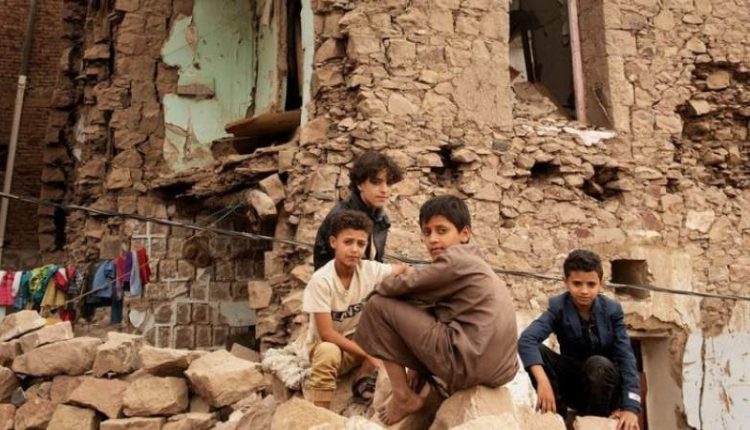Sana’a Warns US, Saudi Regime: Ready for Peace or War, Status quo won’t Continue
Regional and international fears have recently escalated over a return to military escalation between Sana’a forces on the one hand and the forces of the US-Saudi aggression on the other, in light of the coalition’s insistence on rejecting the humanitarian demands put forward by Sana’a to move towards laying the foundations for peace.
Arab and foreign observers confirm that the failure of efforts to resolve the complications of extending the truce has put Yemen at stake. Especially since Sana’a confirmed that it is ready for peace and is fully prepared for all options, and that the continuation of the situation in the post-truce vacuum, no war and no peace, has become a fantasy.
Three months after the end of the truce, and the efforts to extend the truce did not reach radical solutions to stabilize it, Sana’a passed the stage of strategic patience and bet on its creativity in developing the manufacture of military tools that turned the balance of military power upside down, especially ballistic missiles and drones.
It seems that Sana’a marked the beginning of the end of the post-truce vacuum. It sent a message to the countries involved in aggression that Sana’a is ready for peace and at the same time ready for war in the event that the cycle of no war and no peace continues. This means, according to observers, a possible return to military operations on a larger scale than before, which was confirmed by the speech of President Mahdi Al-Masha, last week, during his meeting with the governors of Dhamar, Ibb, Taiz, Lahj and Al-Dhalea.
In his speech, Al-Mashat pointed out that the coalition, after failing to transfer its battles to the densely populated governorates, stopped its military operations and launched a war of another kind in light of a fragile truce. He stressed that the forces of Sana’a are awaiting the return of military operations with vigilance and high readiness.
Last year, Sana’a forces carried out three fatal strikes with ballistic missiles and drones, targeting Saudi Aramco. At that time, the National Salvation Government in Sana’a, through President Mahdi Al-Mashat on March 25, 2022, announced a comprehensive unilateral truce for three days. Sana’a expressed its willingness to turn this truce into a permanent peace if the US-Saudi aggression committed to paying salaries, ending the siege, and stopping the raids permanently.
Hours before the end of the three days of the Sana’a initiative, the Saudi authorities surprised their allies by announcing the cessation of all their military operations during the month of Ramadan. This was followed by the announcement by the UN envoy for Yemen, Martin Grundberg, on April 1, 2022, of the signing of an agreement between the government of Sana’a and the countries involved in aggression on a humanitarian truce for a period of two months, which can be extended. It stipulated the cessation of all military operations, in exchange for the opening of Sana’a airport for two flights a week to Amman and Cairo, and the entry of 18 oil ships to the ports of Hodeidah. Throughout the six months of the truce, the people of Yemen did not witness any improvement in the situation.
The six months of the truce also witnessed several disturbances, as the forces of the aggression committed violations that amounted to more than 34,563 violations until October 2, 2022, according to a statement by the Sana’a forces.
Eastern Yemen, in turn, has witnessed a long series of violations by the forces of aggression, in particular in Marib by the Islah party and al-Qaeda, who have rejected the humanitarian and military truce in Yemen since it was signed on April 2 last year.
In the west, the coastal governorate of Hodeidah was and still is the scene of bloody violations by the forces of aggression, especially the southern part of it, which witnesses several violations on a daily basis.
In the south, the city of Taiz witnessed several violations by the Islah party, which consisted of clashes, artillery shelling, and sniping of civilians. The last of which was the sniping of the 25-year-old Issa Qasim Saif on December 27, while he was in Ta’aziah district.
The governorates of Lahj, Abyan, and Al-Dhalea also witnessed many violations of the Emirati militias, which were artillery shelling and attempts to advance on the positions of the Sana’a forces.
In conclusion, it was evident through the reality of the recent events in Yemen that the Coalition seeks to deepen the suffering of Yemenis in the areas under the control of the National Salvation Government by not paying salaries, continuing to detain fuel and food ships, and spreading internal strife poisons through the media machine.

